Royal Poinciana
Poisonwood Tree
Gumbo Limbo Tree
Native to South Florida, the Gumbo Limbo tree, Bursera simaruba, is a striking addition to landscapes south of Tampa Bay. Also known as the West Indian Birch or the Turpentine Tree, Gumbo Limbo Trees quickly grow to 50-60′ tall with a round canopy. They are extremely wind tolerant and are recommended as a hurricane-resistant species. Gumbo Limbo trees can be grown simply by sticking sprouts in the dirt.
Gumbo Limbo trees prefer sun but quickly adapt to shady, moist, dry, and slightly salty habitats. They are easily recognized by their reddish-brown bark which peels to reveal a beautiful green wood beneath. Vireos and Mocking birds dine on their deep red fruits during summer and fall. Gumbo Limbo trees are naturally found in coastal hammocks, tidewater areas, and mixed forests.


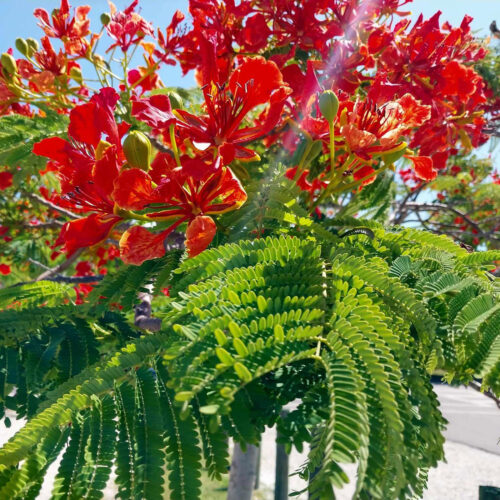
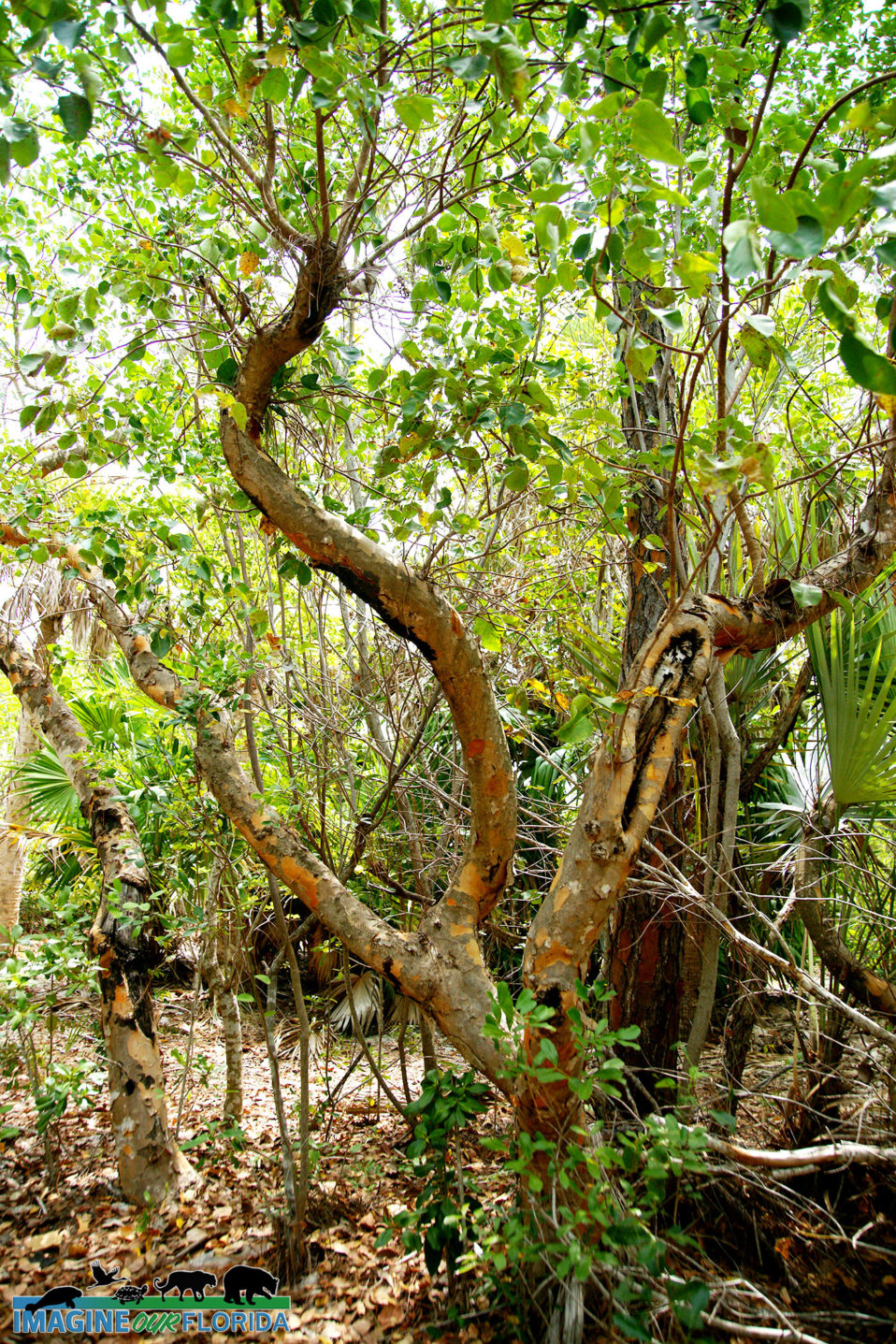
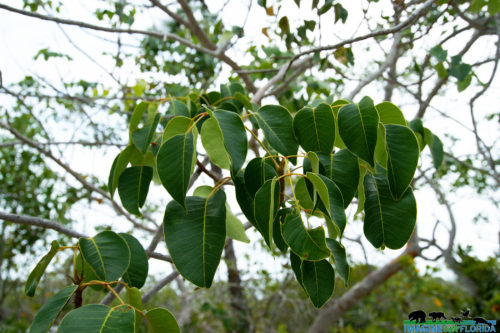
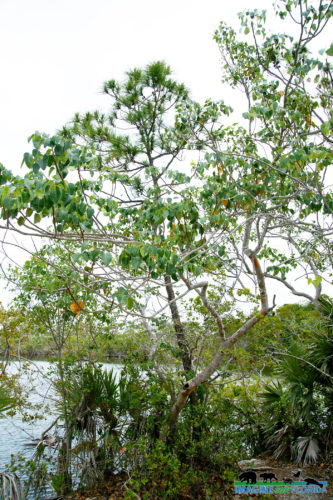
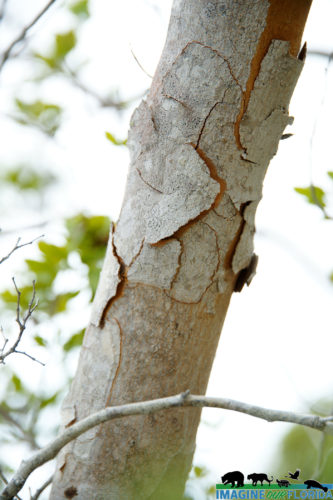
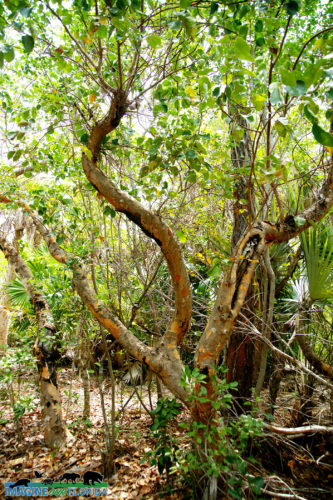
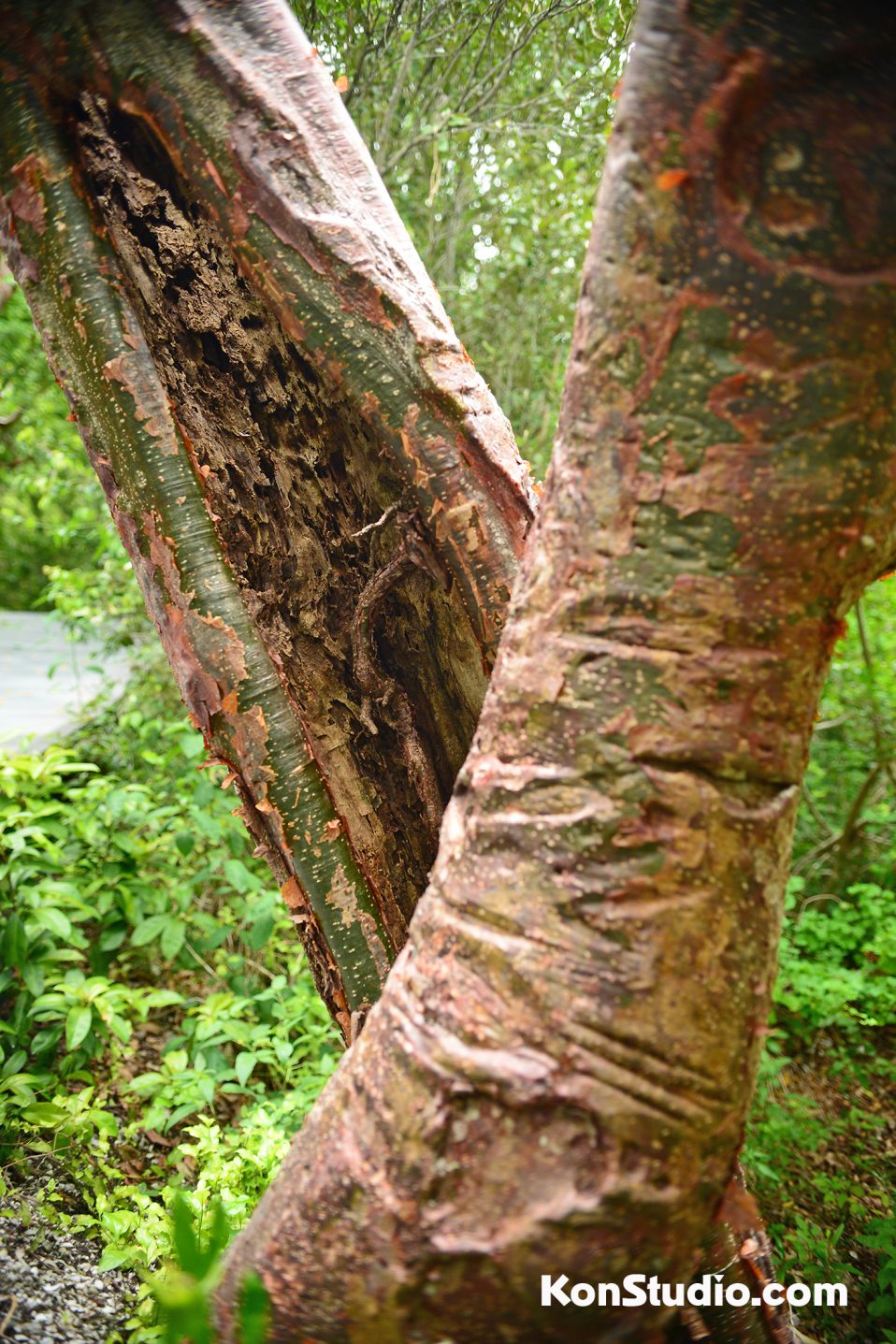


Recent Comments